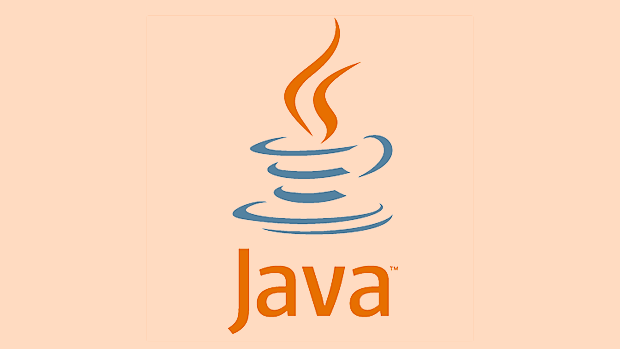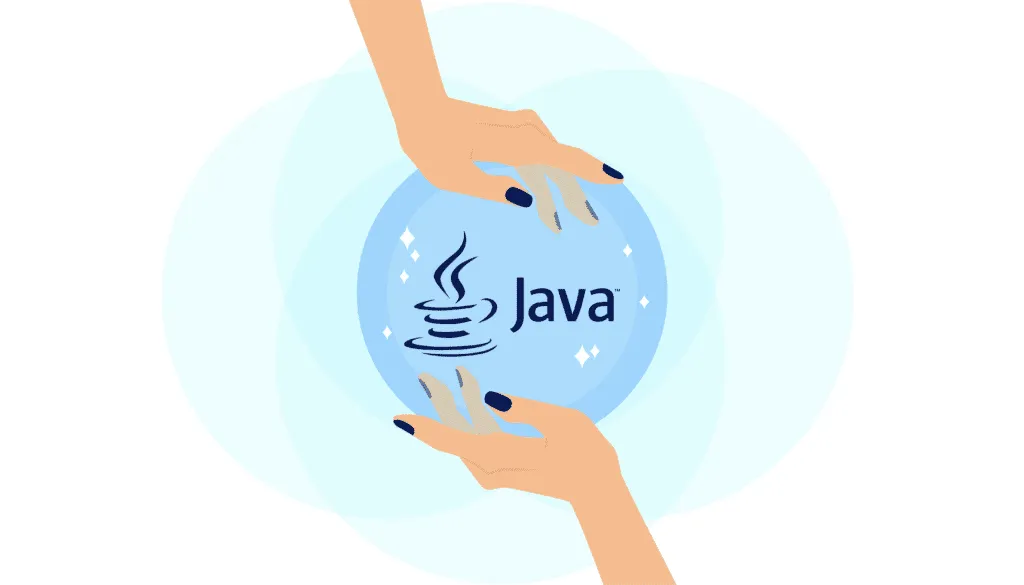Using the Java Stream API can improve code simplicity and parallelism, but the scenarios need to be selected reasonably. 1. Advantages: Declarative programming separates logic and implementation, such as filter, map and collect operations, making filtering, conversion and collection more intuitive; 2. Notes: Avoid modifying external variables in map or filter to prevent concurrency problems; 3. Operation classification: Intermediate operations (filter, map) are lazy to execute, and terminal operations (collect, forEach) are required to trigger execution, and terminal operations cannot be called multiple times; 4. Parallel flow: suitable for large data volumes and complex operations, but performance needs to be tested to avoid shared state operations.

The Java Streams API is a powerful tool for processing collection data. If used well, you can write concise and efficient code. The key is to understand its design logic and when to use what operations.

Why use Stream instead of traditional loops?
The advantage of Stream is that it makes the code more declarative, separating "what to do" and "how to do it". For example, if you want to filter out all even numbers from a list and write them as list.stream().filter(n -> n % 2 == 0).collect(Collectors.toList()) is not only clearer, but also easier to parallelize than writing for loops and if judgments.

But don't abuse it. In some cases, ordinary loops are more intuitive, such as when you need to frequently access the index or make complex conditional judgments.
Common operations: How to use filter, map, collect so as not to get stuck?
These are the most commonly used intermediate and terminal operations:

-
filter(): Keep elements according to conditions, note that the lambda passed in should have no side effects -
map(): Convert element type or structure, such as converting a string to length, or converting it to another object -
collect(): Collect it into List, Set or Map. The error-prone place here is the choice of Collector
For example, if you want to convert a list of strings to their length and collect them as Set:
Set<Integer> lengths = list.stream()
.map(String::length)
.collect(Collectors.toSet());This is fine to write, but if external variables are modified in map or filter, it may cause concurrency problems, especially in parallel streams.
Intermediate operations vs terminal operations: The order is very important!
The operations of Stream are divided into intermediate operations (such as filter, map) and terminal operations (such as collect, forEach). Intermediate operations are lazy and will only be truly executed when encountering terminal operations.
This is easily overlooked. For example, you wrote:
stream.filter(s -> s != null).map(String::toUpperCase);
This line of code does nothing because it has no terminal operations.
So remember:
- Intermediate operations can be called chained, but will not be executed immediately
- Terminal operation triggers the execution of the entire pipeline
- Do not call multiple terminal operations on a Stream, as an error will be reported
How to use parallel streams? Is it really faster?
ParallelStream utilizes multi-core CPUs, which can theoretically speed up the processing of large data volumes. But not all scenarios are suitable for use, such as:
- When the data volume is small, turning on parallel increases thread switching overhead
- The operation itself is very lightweight (such as just traversal) and is not suitable for parallelism.
- If your operations are stateful or shared variables, errors are prone to
Recommended usage:
- Test performance first, then decide whether to enable it
- Avoid using side effects in parallel streams
- You can use
Collection.parallelStream()or.stream().parallel()to enable it
Overall, the Stream API is a good tool, but don't force it to show off. Choose the right method and the code is both elegant and efficient.
The above is the detailed content of Using the Java Streams API effectively.. For more information, please follow other related articles on the PHP Chinese website!

Hot AI Tools

Undress AI Tool
Undress images for free

Undresser.AI Undress
AI-powered app for creating realistic nude photos

AI Clothes Remover
Online AI tool for removing clothes from photos.

Clothoff.io
AI clothes remover

Video Face Swap
Swap faces in any video effortlessly with our completely free AI face swap tool!

Hot Article

Hot Tools

Notepad++7.3.1
Easy-to-use and free code editor

SublimeText3 Chinese version
Chinese version, very easy to use

Zend Studio 13.0.1
Powerful PHP integrated development environment

Dreamweaver CS6
Visual web development tools

SublimeText3 Mac version
God-level code editing software (SublimeText3)

Hot Topics
 Oracle API Usage Guide: Exploring Data Interface Technology
Mar 07, 2024 am 11:12 AM
Oracle API Usage Guide: Exploring Data Interface Technology
Mar 07, 2024 am 11:12 AM
Oracle is a world-renowned database management system provider, and its API (Application Programming Interface) is a powerful tool that helps developers easily interact and integrate with Oracle databases. In this article, we will delve into the Oracle API usage guide, show readers how to utilize data interface technology during the development process, and provide specific code examples. 1.Oracle
 How to crawl and process data by calling API interface in PHP project?
Sep 05, 2023 am 08:41 AM
How to crawl and process data by calling API interface in PHP project?
Sep 05, 2023 am 08:41 AM
How to crawl and process data by calling API interface in PHP project? 1. Introduction In PHP projects, we often need to crawl data from other websites and process these data. Many websites provide API interfaces, and we can obtain data by calling these interfaces. This article will introduce how to use PHP to call the API interface to crawl and process data. 2. Obtain the URL and parameters of the API interface. Before starting, we need to obtain the URL of the target API interface and the required parameters.
 Development suggestions: How to use the ThinkPHP framework for API development
Nov 22, 2023 pm 05:18 PM
Development suggestions: How to use the ThinkPHP framework for API development
Nov 22, 2023 pm 05:18 PM
Development suggestions: How to use the ThinkPHP framework for API development. With the continuous development of the Internet, the importance of API (Application Programming Interface) has become increasingly prominent. API is a bridge for communication between different applications. It can realize data sharing, function calling and other operations, and provides developers with a relatively simple and fast development method. As an excellent PHP development framework, the ThinkPHP framework is efficient, scalable and easy to use.
 Oracle API integration strategy analysis: achieving seamless communication between systems
Mar 07, 2024 pm 10:09 PM
Oracle API integration strategy analysis: achieving seamless communication between systems
Mar 07, 2024 pm 10:09 PM
OracleAPI integration strategy analysis: To achieve seamless communication between systems, specific code examples are required. In today's digital era, internal enterprise systems need to communicate with each other and share data, and OracleAPI is one of the important tools to help achieve seamless communication between systems. This article will start with the basic concepts and principles of OracleAPI, explore API integration strategies, and finally give specific code examples to help readers better understand and apply OracleAPI. 1. Basic Oracle API
 How to deal with Laravel API error problems
Mar 06, 2024 pm 05:18 PM
How to deal with Laravel API error problems
Mar 06, 2024 pm 05:18 PM
Title: How to deal with Laravel API error problems, specific code examples are needed. When developing Laravel, API errors are often encountered. These errors may come from various reasons such as program code logic errors, database query problems, or external API request failures. How to handle these error reports is a key issue. This article will use specific code examples to demonstrate how to effectively handle Laravel API error reports. 1. Error handling in Laravel
 React API Call Guide: How to interact and transfer data with the backend API
Sep 26, 2023 am 10:19 AM
React API Call Guide: How to interact and transfer data with the backend API
Sep 26, 2023 am 10:19 AM
ReactAPI Call Guide: How to interact with and transfer data to the backend API Overview: In modern web development, interacting with and transferring data to the backend API is a common need. React, as a popular front-end framework, provides some powerful tools and features to simplify this process. This article will introduce how to use React to call the backend API, including basic GET and POST requests, and provide specific code examples. Install the required dependencies: First, make sure Axi is installed in the project
 Insomnia Tutorial: How to use the PHP API interface
Jan 22, 2024 am 11:21 AM
Insomnia Tutorial: How to use the PHP API interface
Jan 22, 2024 am 11:21 AM
PHP API interface: How to use Insomnia Insomnia is a powerful API testing and debugging tool. It can help developers quickly and easily test and verify API interfaces. It supports multiple programming languages ????and protocols, including PHP. This article will introduce how to use Insomnia to test PHPAPI interface. Step 1: Install InsomniaInsomnia is a cross-platform application that supports Windows, MacOS, and Linux.
 PHP API Interface: Getting Started Guide
Aug 25, 2023 am 11:45 AM
PHP API Interface: Getting Started Guide
Aug 25, 2023 am 11:45 AM
PHP is a popular server-side scripting language used for building web applications and websites. It can interact with various different types of API interfaces and is very convenient during the development process. In this article, we will provide an introductory guide to the PHP API interface to help beginners learn to use it faster. What is an API? API stands for "Application Programming Interface", which is a standardized way that allows different applications to exchange data and information between them. This interaction is achieved by visiting a website on W






